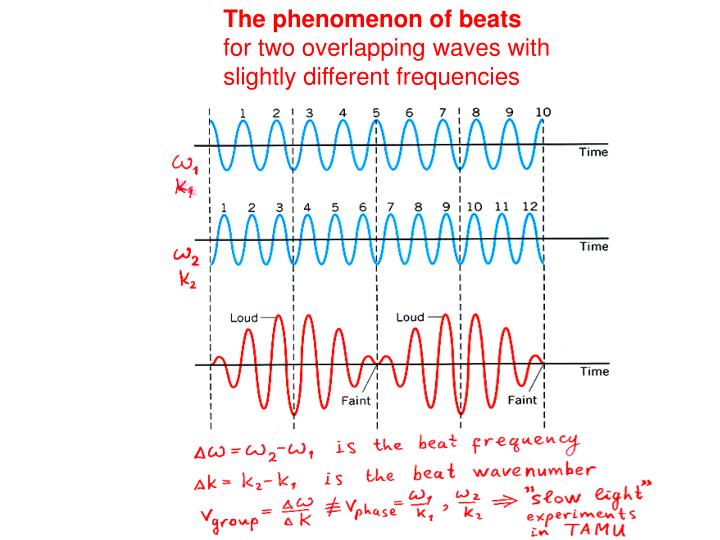

Axially travelling string includes many mechanical systems such as conveyor belt, aerial tramways, magnetic tapes, textile fibres, band-saw blades, thread lines and pipe conveying fluid. The paper presents a comprehensive review of transverse vibration of axially travelling string.

This book is useful to graduate students and researchers in industrial sectors such as continuous manufacturing systems, transport systems, power transmission systems, and lifting systems not to mention in academia. Finally, according to the contents discussed in the book, specific aspects are outlined for initiating future research endeavors to be undertaken concerning axially moving systems. Second, this book covers the design of the control schemes based on the hitherto control strategies for axially moving systems: feedback control using the transfer function, variable structure control, control by regulating the axial velocity, wave cancellation approach, boundary control using the Lyapunov method, adaptive control, and hybrid control methods. Accordingly, dynamical issues such as the equilibrium configuration, critical velocity, stability, bifurcation, and further chaotic dynamics are analyzed. First, the mathematical models of various axially moving systems describing the string, beam, belt, and plate models are developed. This book provides a comprehensive guideline on dynamic analysis and vibration control of axially moving systems. The results show that instabilities occur at much higher amplitudes and frequencies of the periodic axial velocity than that of typical devices such as tape machines and band saws. The two- and four-term approximation solutions are compared with the analytical results from Hsu's method, and are in reasonable agreement. The analysis is carried out for higher order even approximations and the solutions are in qualitative agreement. The two-term approximation leads to gyroscopically coupled equations, and the solutions differ significantly from that of the one-term approximation, whereas the three-term approximation solutions look similar to the one-term approximation solutions.

Transverse vibration of strings theory full#
The numerical results for one term are compared with the analytical solution for the Mathieu equation, and they are in full agreement. The one-term approximation leads to a Mathieu equation, the solution of which is well known.
Transverse vibration of strings theory series#
One-, two-, three-, four-, six- and eight-term series approximations are considered in the Galerkin's method. Assuming the axial velocity to be periodic, a stability analysis is performed using Floquet theory. The resulting partial differential equations are discretized using Galerkin's method. The equation of motion is developed using Hamilton's principle. The transverse vibration of an axially accelerating string is investigated.


 0 kommentar(er)
0 kommentar(er)
